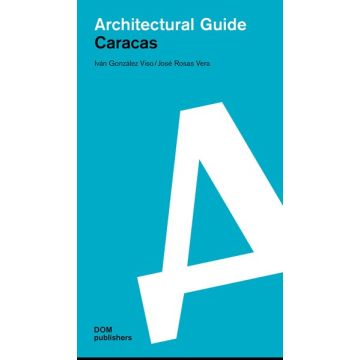
Little is known about Caracas, the capital of Venezuela which has been beset with a host of problems, chief amongst which are protests spilling into public spaces and violent political unrest. The deep-seated division of society into poor and wealthy is just as commonplace a feature as the grandiose buildings bequeathed by modernity. This architectural guide illustrates the complexity of a Latin American city founded in 1567 which forges a coherent identity with the Ávila mountain range and the coastline, where different scales, architectural styles and natural and urban landscapes converge. This title outlines the city’s history with reference to its most striking architecture dating from approximately 1600 up to the present day, including the Ciudad Universitaria de Caracas which was designed single-handedly by Carlos Raúl Villanueva between 1940 and 1960. Architecture and urban spaces found in ten zones throughout Caracas are delineated, as well as those concepts propounded by architects and urban planning experts – such as Federico Vegas and María Isabel Peña – regarding future initiatives that could transform and enhance the city.